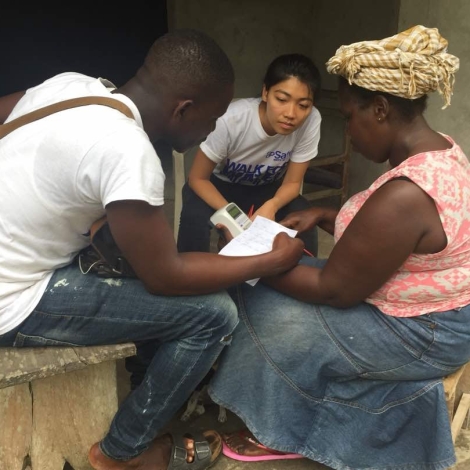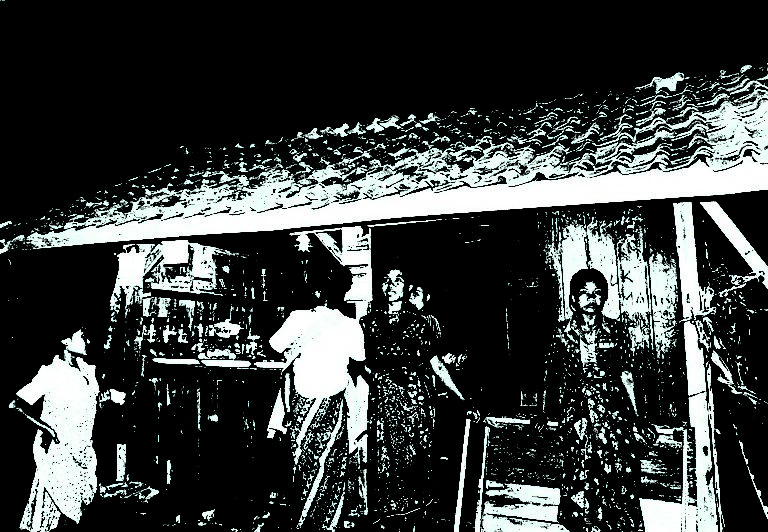Case studies into Safe Water Network’s water service delivery program in rural Ghana reveal the inner workings of a distribution model for essential technologies. Newcomers to product and service design for underserved communities can take lessons from these examples.
See the Innovate for Impact: Siemens Design Challenge
Product designers who are new to global development may overlook the importance of the manufacturing and distribution phases of their product development. It can be tempting to zoom in on the user research and prototyping phases and consider a product finished even before it is publicly distributed. But experts in technology for global development know that design should anticipate the mass manufacture of a product, as well as its distribution.
Good Products Are Designed Well, But Successful Products Are Designed to Sell
Designers need to answer questions about how a thing will be delivered long before the first customer’s mobile money enters a bank account. They should also know how to market their products, place them on shelves and service them after sales.
Distribution is one-quarter of Engineering for Change’s online introductory course in Engineering for Global Development. See below.
Practical tips to distribute and scale your technology
A handful of models have successfully delivered products that meet basic needs to underserved communities. In broad strokes, those models provide products and services either by governments, non-profits or private companies, and some models merge two or all three of those entities. The users either receive products free of charge, or pay for them, either at a market or a subsidized rate. Debate ensues about the merits of each model, and data exist that can show their efficacy in certain places at certain times. One model that is working to deliver water to homes in rural Ghana is a hybrid of a non-profit merged with private enterprise that the Safe Water Network deploys. Designers and social business entrepreneurs can take lessons from two essays into this project, written by Jonathan McGrath at Safe Water Network.
Dan Bena, Senior Advisor to Safe Water Network and a judge in the Siemens Design Challenge, says the non-profit borrows from the best aspects of the worlds of non-profits and private business.
“I was in the private sector for decades, and one of the things that always impressed me about Safe Water Network is that they combine the passion of a not-for-profit with the process discipline of a business, all focused on building new markets for the provision of sustainable, resilient services. Their expansion of household water connections and digital finance in Ghana are great examples of this: a driving passion for creating solutions to a major development challenge (safe water), and taking a well-thought, evidence-based, systematic approach to activate those solutions in a way that sustains impact over the long term.”
See the Safe Water Network essays here:
Recommendations for Installing Household Water Connections in Ghana
Overcoming Financial Barriers to Household Water Connections in Ghana

